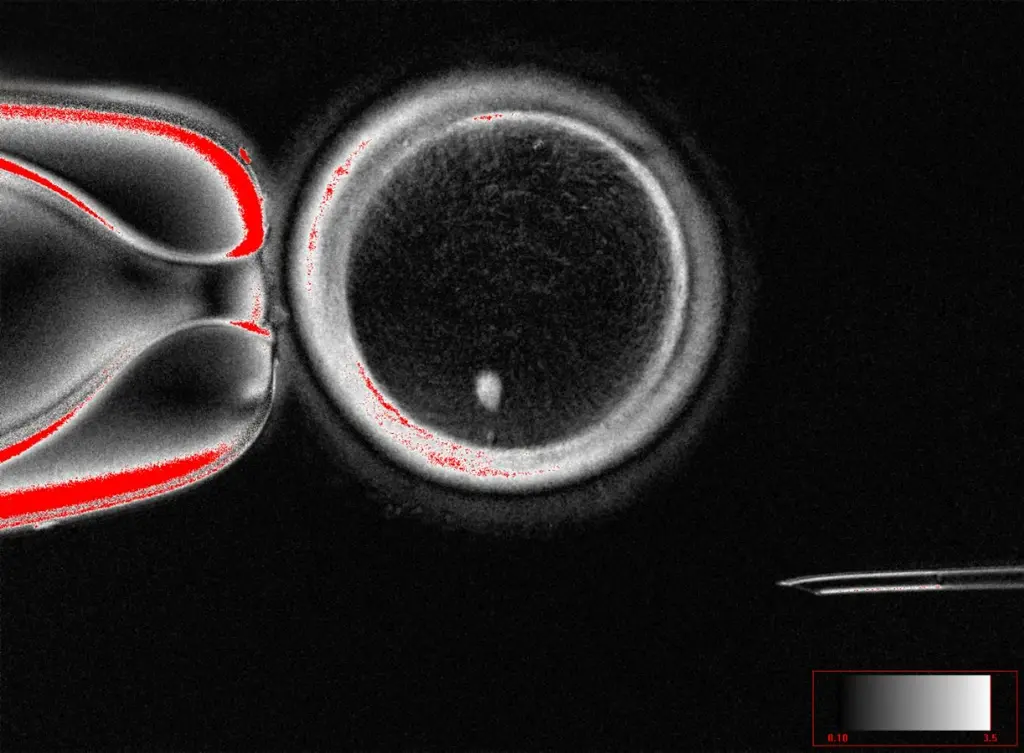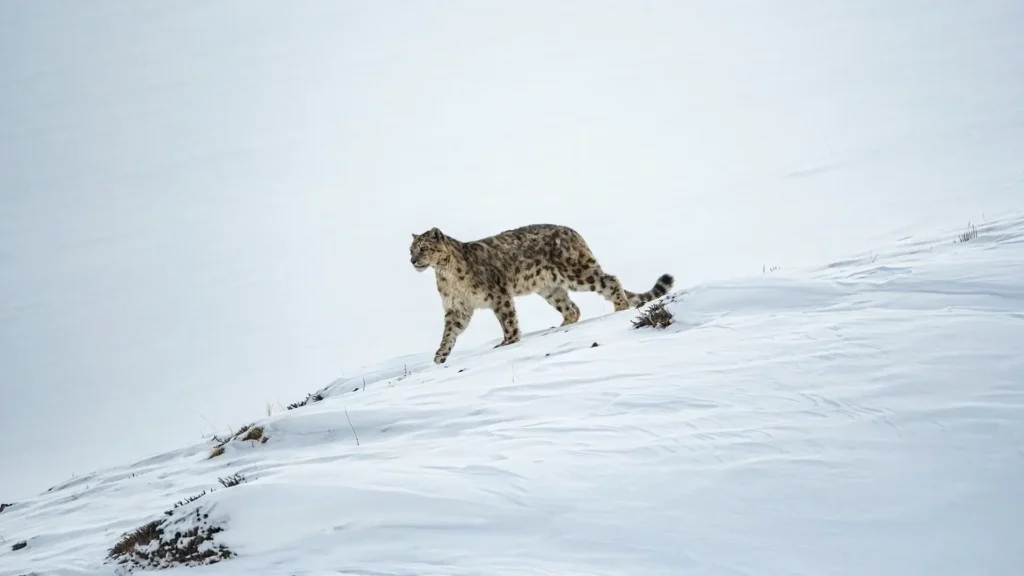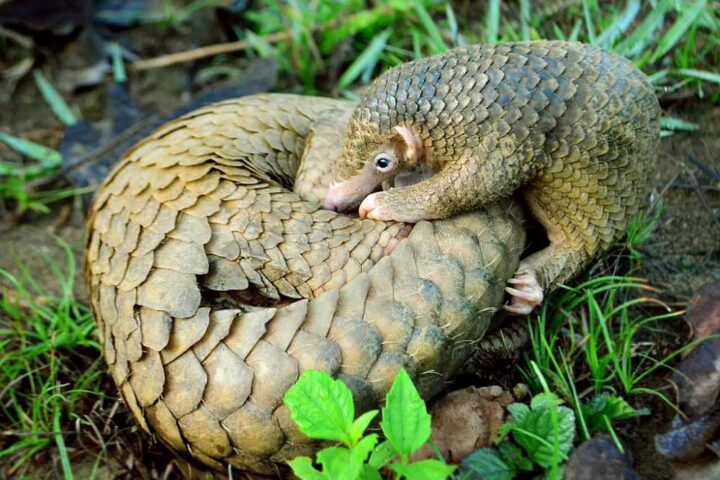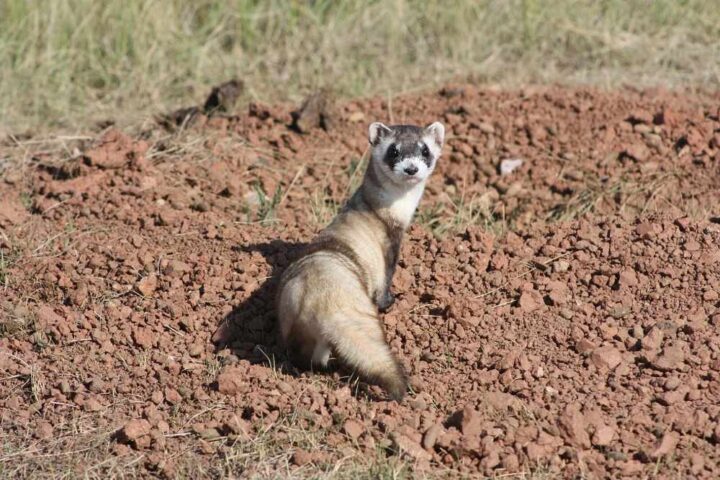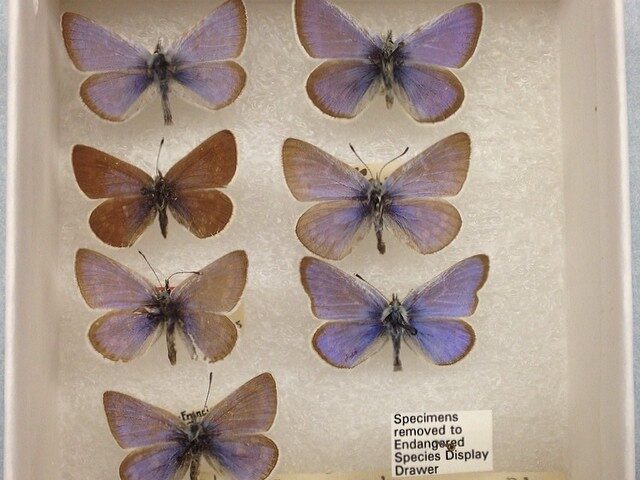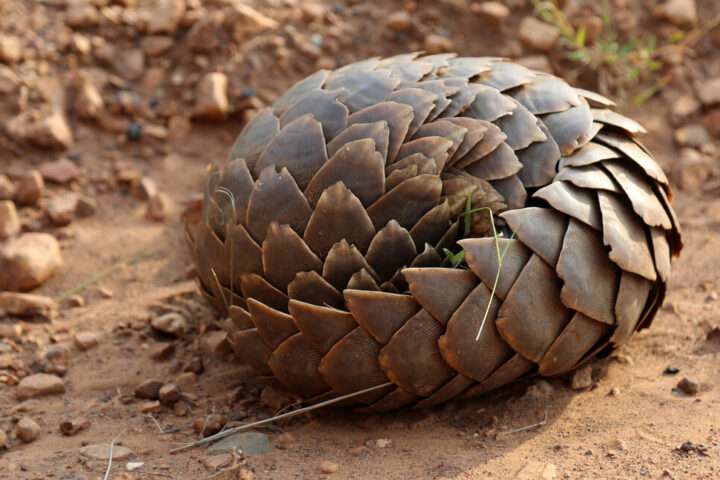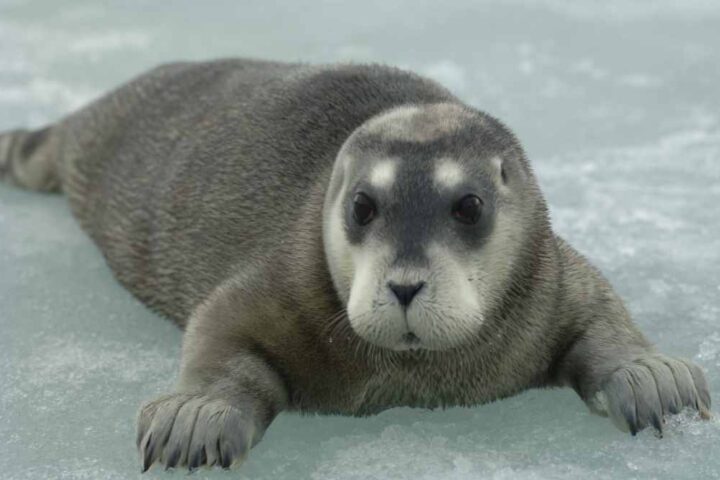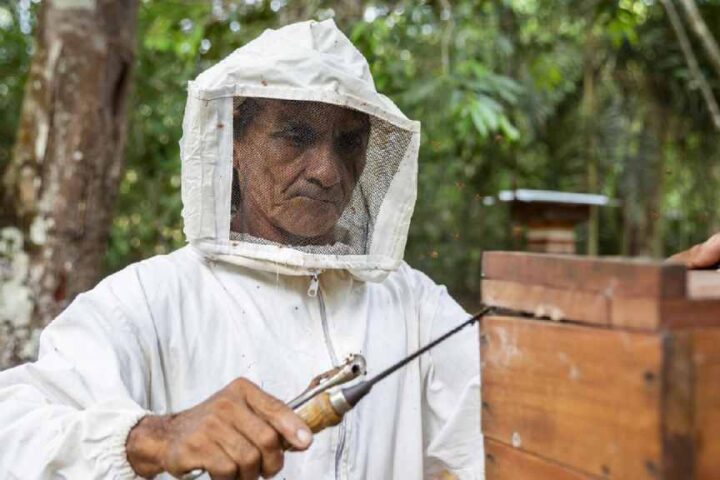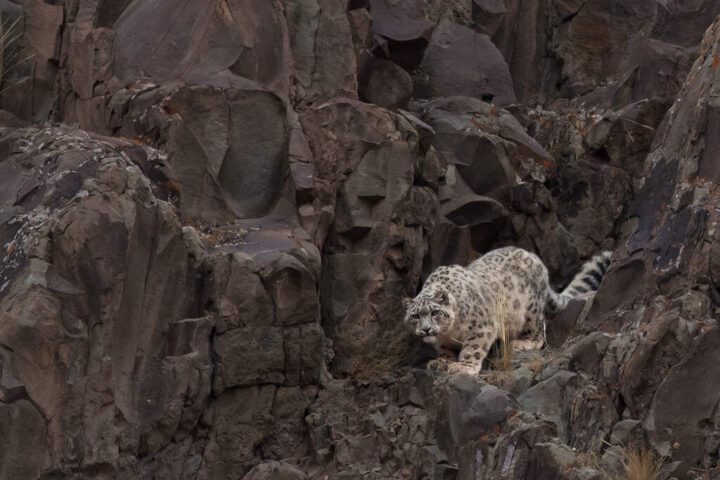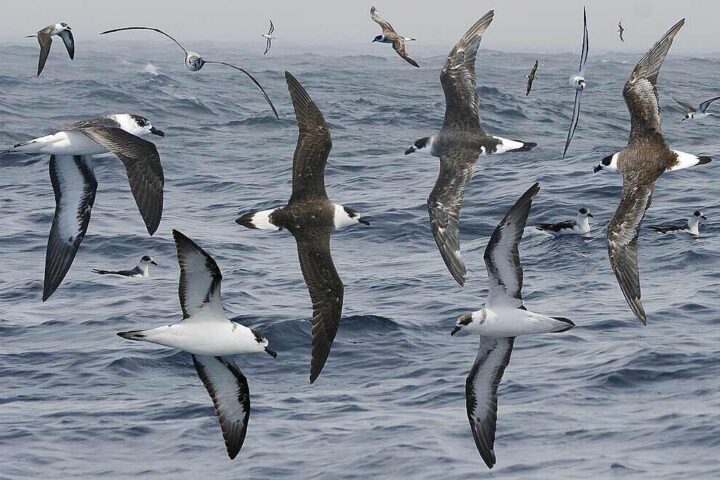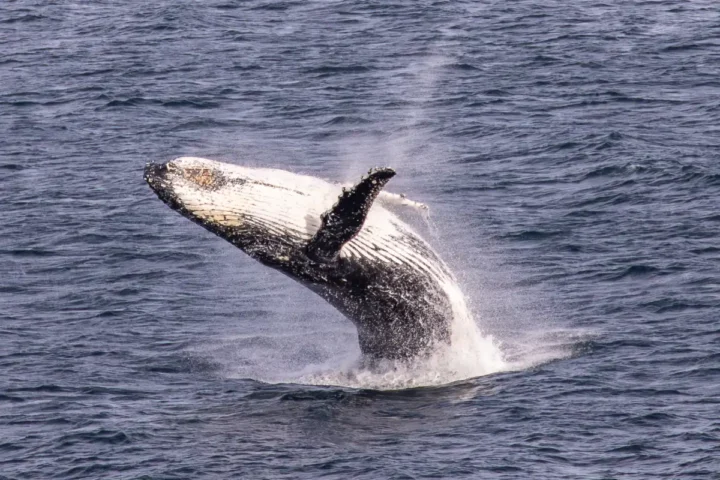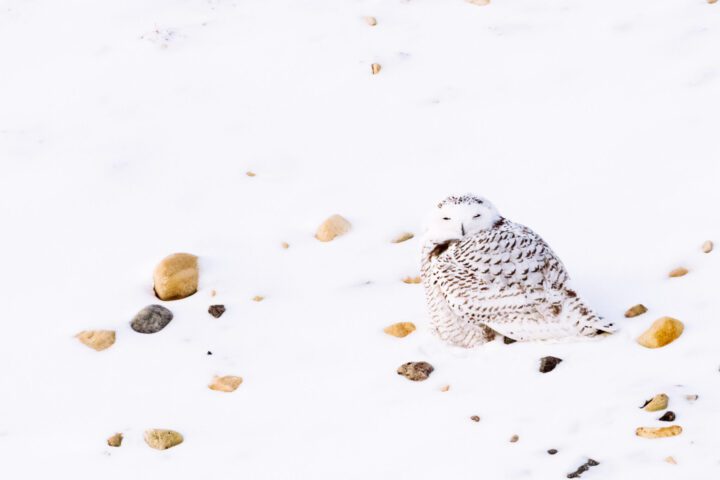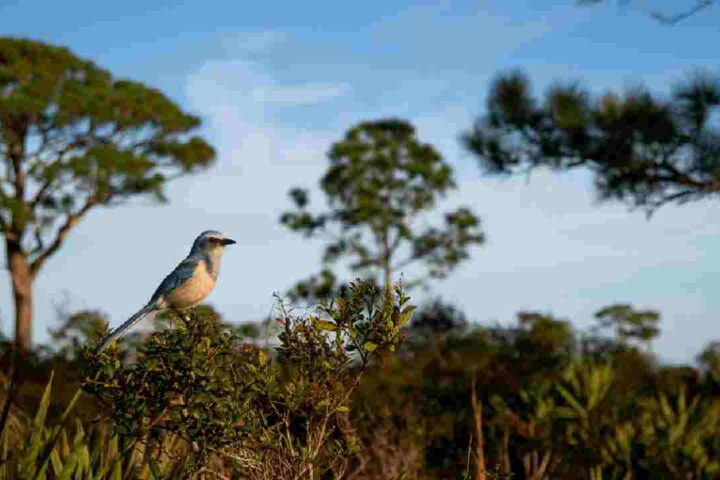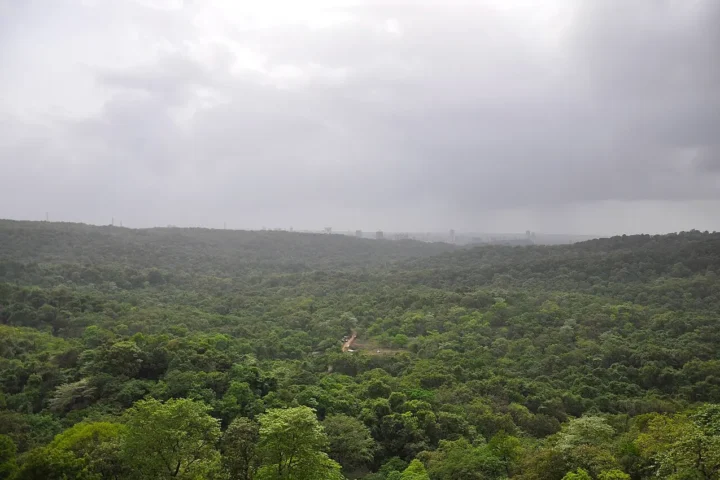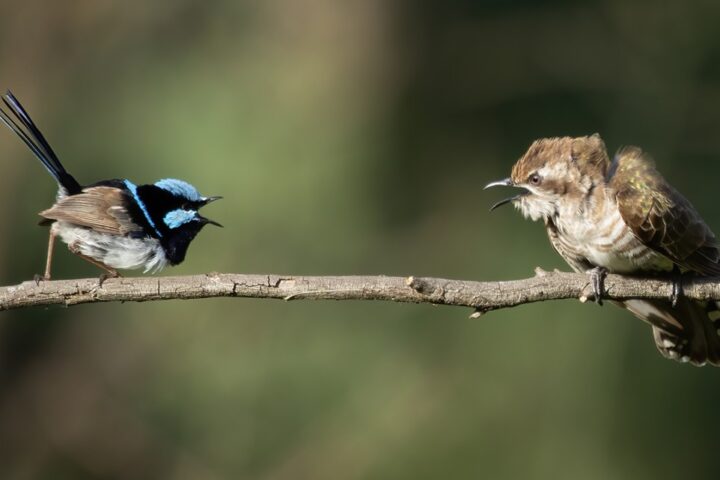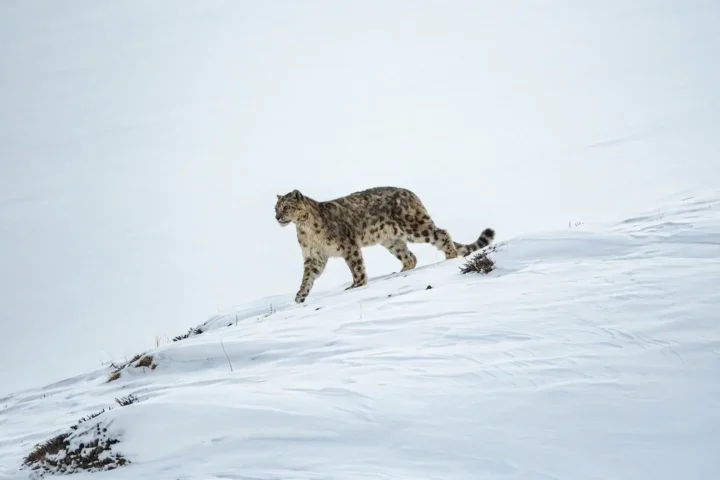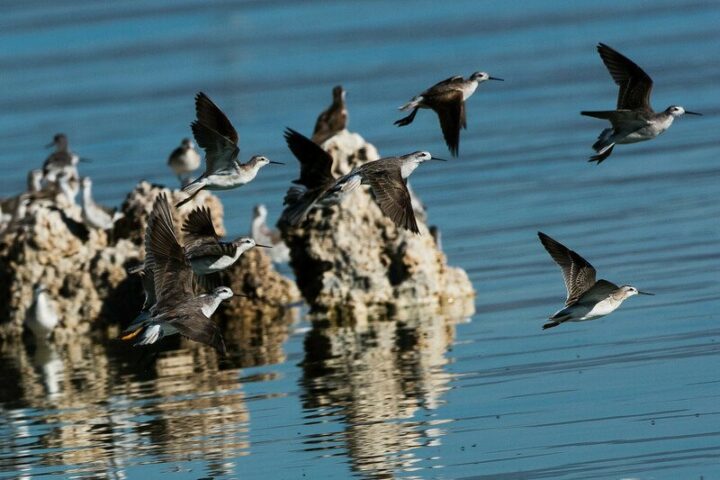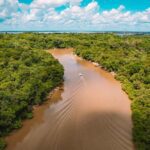Environmental groups have sued the U.S. Fish and Wildlife Service for failing to finalize protections for the Miami cave crayfish, a rare species found exclusively in the Biscayne Aquifer under Miami-Dade County.
The Center for Biological Diversity and Miami Waterkeeper filed the lawsuit on September 30, 2025, in St. Petersburg, Florida, claiming the federal agency violated the Endangered Species Act by missing its legal deadline to issue a final determination on protections originally proposed in 2023.
“Miami cave crayfish have suffered for too long without endangered species protections, but this legal action could finally get them desperately needed safeguards,” said Ragan Whitlock, a Florida-based attorney at the Center for Biological Diversity.
The small orange crayfish, recognizable by its distinctive red stripe, faces multiple threats to its survival. Saltwater intrusion into the freshwater aquifer resulting from sea-level rise, more frequent tidal flooding, and increasingly intense storms has become the primary threat to the species. Scientists project that by 2070, these creatures could lose up to half of their available habitat.
Other significant threats include groundwater over-consumption and aquifer contamination, which can destroy habitat, cause direct mortality, and harm the crayfish’s ability to reproduce.
The legal dispute centers on timing. The federal agency proposed listing the Miami cave crayfish as threatened in September 2023 but missed the one-year deadline to finalize the listing.
The delay has left the species without critical protections while its habitat continues to deteriorate.
Similar Posts
The Biscayne Aquifer, where these crayfish live, serves as the primary drinking water source for millions of residents across South Florida. It’s a shallow layer of highly permeable limestone that spans approximately 4,000 square miles, underlying Miami-Dade, Broward, Monroe, and portions of Palm Beach counties.
“Protecting the Miami Cave crayfish is also about safeguarding the Biscayne Aquifer, a critical source of drinking water for South Florida communities,” said Mariana Aziz, environmental policy specialist at Miami Waterkeeper. “Allowing saltwater intrusion and contamination to destroy its habitat puts both wildlife and people at risk.”
Environmental advocates argue that the case illustrates how protecting endangered species often aligns with protecting vital human resources. When the Fish and Wildlife Service proposed listing the crayfish as threatened, it also developed a rule that would protect habitat critical to the species’ recovery, but this rule has been delayed for more than two years.
Research shows that species with federally protected critical habitat are more than twice as likely to move toward recovery than those without such protection. If listed under the Endangered Species Act, federal agencies funding or permitting projects in critical habitat would need to consult with the Fish and Wildlife Service to ensure the habitat isn’t harmed.
The lawsuit aims to force the federal agency to finalize protections for this unique subterranean species before more habitat is lost to climate change impacts and human activities. The Miami cave crayfish live exclusively in southern and central Miami-Dade County and are only found in the Biscayne Aquifer along the Atlantic Coastal Ridge. The Center for Biological Diversity originally petitioned for protection of the Miami cave crayfish in 2010.


